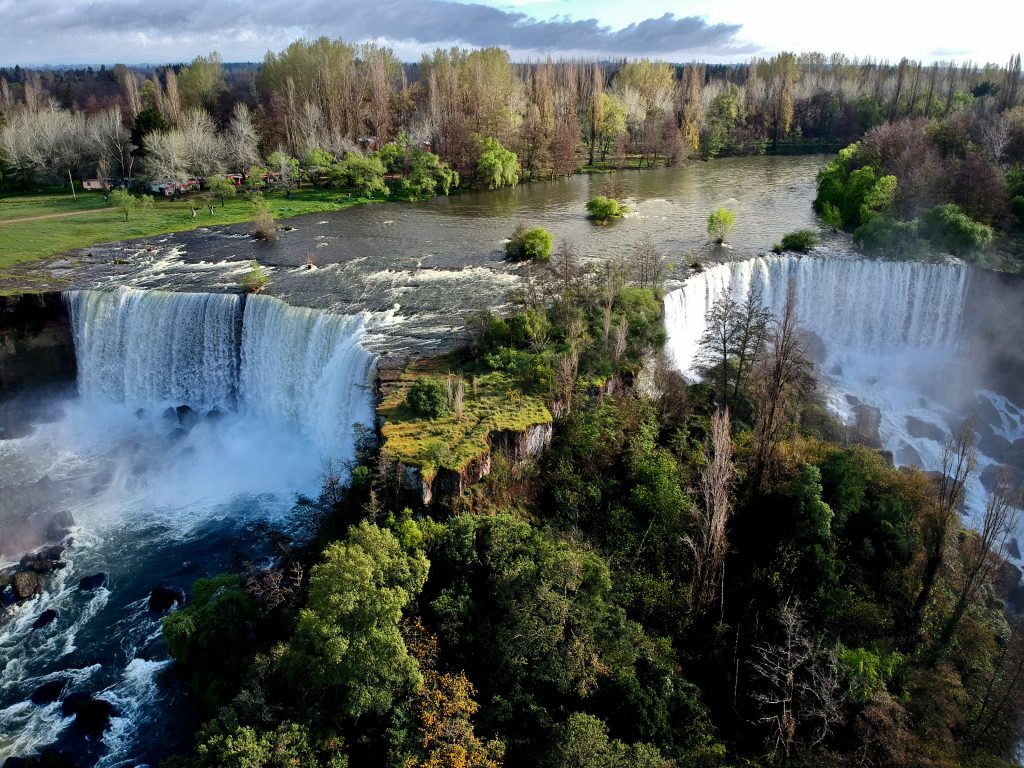This website uses cookies so that we can provide you with the best user experience possible. Cookie information is stored in your browser and performs functions such as recognising you when you return to our website and helping our team to understand which sections of the website you find most interesting and useful.
Cool-climate viticulture could soon be a country’s best asset, says Chilean winemaker
Playing it cool will be make or break for producers, MontGras’ head winemaker Adolfo Hurtado tells the drinks business

One of the hottest topics in Chilean winemaking right now is undoubtedly low temperatures. According to Adolfo Hurtado, chief winemaker for MontGras, based in the Colchagua Valley, producers must actively shift their focus towards cold-climate viticulture if they are to survive the coming years. It’s here, he says, that “Chile’s great competitive advantage lies”.
“On a planet that is getting warmer every day, cold climate viticulture is going to be the greatest asset of a country,” Hurtado told db in an exclusive interview.
“Chile has impressive advantages for the production of cold climate wines and not only for whites, but also for cold climate reds such as Pinot Noir and Syrah. We have areas where the temperature is low thanks to the cooling influence of the Pacific Ocean, but with very good solar radiation. I think this is where Chile’s great competitive advantage lies.”
It’s why, in addition to overhauling its portfolio last year to include three new wine ranges, MontGras is turning its eye in 2022 towards making cold climate Sauvignon Blanc from valleys like Leyda, Casablanca and Bío Bío in the south of Chile; areas which are snatching accolades from the country’s traditional Maipo wine hub.
In fact, MontGras has been undergoing a process of rigorous transformation – a rewriting of the script that Hurtado calls “MontGras 2.0”, involving a redefinition of the producer’s regions, as well as of its grape varieties and wine offering.
Last year, the brand launched three new ranges: MontGras De Vine Reserva; MontGras Handcrafted; and MontGras Day One Selected Harvest, the latter of which includes a cool climate Sauvignon Blanc from the Leyda Valley.
The Day One range refers to the first day of harvest for any given vintage, the pivotal moment in which winemakers decide to start harvesting the grapes in order to express their characteristics to the fullest, and on which the future quality of the final expression hinges.
In the case of MontGras, despite a “challenging” 2021 vintage, with unusual rainfall in late January/early February resulting in “a good amount of white grapes being lost”, Hurtado has extremely high expectations for the 2022 harvest.
“At present, we have harvested 20% of our grapes and I would dare to say that it is the perfect vintage,” he told db.
“It has been a harvest without rain, which greatly benefits the concentration and health of the grapes. In terms of production, we believe that it will be an ideal harvest, without excesses or lack of grapes.”
For those wondering what the wet 2021 harvest means for wines currently on shelf, Hurtado is quick to reassure consumers that while quantities were down, “the grapes that we were able to harvest presented a high aromatic intensity, with very good acidity and freshness. In the case of the reds, as it was a cold harvest, colour and acidity is also very present in these wines”.
As for what’s next for the company in 2022, MontGras is actively pursuing “the implementation of an entire organic, vegan and sustainability programme” as well as exploring new varieties including Riesling, Viognier, Carignan, Grenache and Cinsault. The winery is busy trialling different types of fermentation with stalk or complete clusters, and experimenting with carbonic maceration.
“We’ve had to make many adjustments in our vineyards and cellar, especially in the combination of rootstock – variety through different clones, which has to do with how we manage canopies and yields in a world that is getting warmer,” Hurtado says. “We are also working very hard on the issue of renewable energy.”
This may prove to be wise, as with resources becoming increasingly scarce, being able to operate independently has perhaps never been quite so important.
“Like many other industries, we are suffering from a supply crisis, with particular difficulty getting hold of bottles and cardboard boxes. So the pandemic continues to affect us in terms of production adjustments, due to the lack of dry supplies,” says Hurtado.
“However, we are very happy with how our sales have grown, even during covid. With people working from home, instead of the daily commute, their journey has changed from moving from the living room to the kitchen, with a glass of wine in hand!”
MontGras De Vine Reserva is available now with three different wines at Waitrose. The MontGras Organic range is currently available through North South Wines. Next month, MontGras Day One Chardonnay will arrive at Majestic.
Related news
Viña Concha y Toro signs deal with China's Wuliangye baijiu

